6. We All Loved Each Other So Much (1974), directed by Ettore Scola
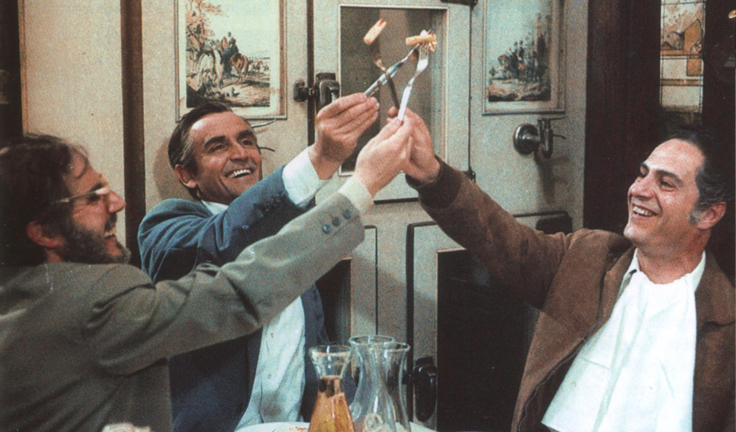
The dramatic comedy “We All Loved Each Other So Much” follows the story of Antonio (Nino Manfredi), Gianni (Vittorio Gassman) and Nicola (Stefano Satta Flores), three friends who became very close during the World War II while fighting the Nazis.
Written by the famous Italian writers Age & Scarpelli alongside Ettore Scola, the movie follows the idealism of the three friends and how life challenges – and in many occasions destroys – their points of view as time goes by.
With a great approach on the aging inevitable consequences towards our humanity and existence, “We All Loved Each Other So Much” takes the audience on a trip to many of the locations, the landmarks, and figures (who can forget the Rossellini/Fellini scene on the Fountain of Trevi?) of Italy, but ultimately may take us on a trip to ourselves.
7. The Purple Rose of Cairo (1985), directed by Woody Allen
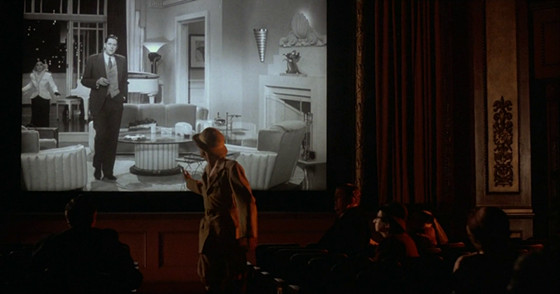
Considered among the best works of writer and director Woody Allen, “The Purple Rose of Cairo” shows us the story of Cecilia (Mia Farrow), a waitress during the Great Depression who seeks an escape from her routine. She ends up meeting Tom Baxter (Jeff Daniels), an archeologist in the film ‘The Purple Rose of Cairo’ who eventually gets out of the screen to meet her. As the story develops, Baxter needs to decide whether he will go back to his film or stay out in the world.
With a great setting in the 1930s, the movie provides us lots of moments where we face the contradistinction between movies and real life. Great situations and dialogue revolving around the characters of Cecilia and Baxter show us that cinema is her hope to really escape from her difficult reality, while Baxter sees in the real world the chance of not living the same moments again and again.
This duality is what makes “The Purple Rose of Cairo” so special, as a real-life person seeks in film a way to escape from her reality, and film sees in reality a way to not making the same things over and over again. This question seems so subtle in the setting of this film that this story works on many levels.
“The Purple Rose of Cairo” is one of the most impressive films in Allen’s filmography, as much for the imagery as it is for the writing that is usually why he is remembered, and this unusual connection between fantasy and reality is why it should be checked out by “Birdman” fans.
8. Sideways (2004), directed by Alexander Payne
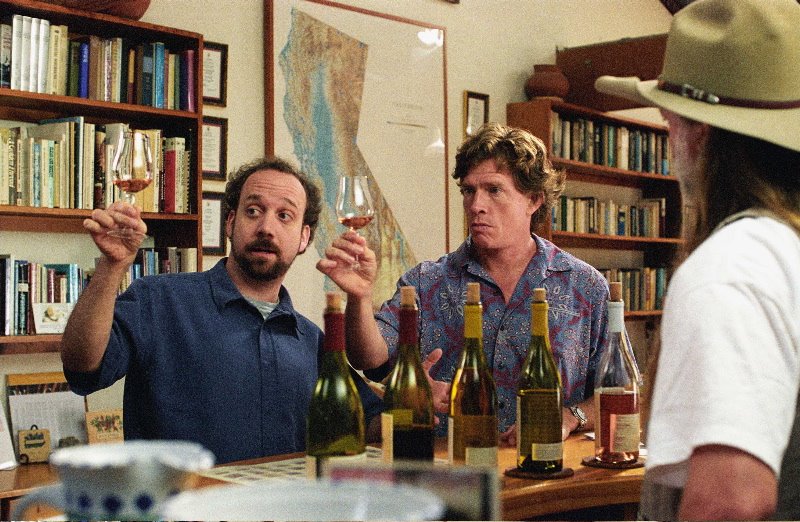
The Oscar-winning film for Best Adapted Screenplay in 2005 written by Jim Taylor and Alexander Payne, based on the novel by Rex Pickett, follows the story of two middle-aged men who go on a trip through the wineries in California right before the marriage of one of them.
Starring Paul Giamatti as Miles, a writer who did not succeed in his career and now teaches English, and Thomas Haden Church as Jack, an actor who once had a good role on a famous television soap opera and now mainly works in commercials, “Sideways” is one of the defining movies about a mid-life crisis.
With this two characters who seem to have peaked years ago (or who have not peaked at all), “Sideways” is a great comedy-drama about career, expectations, and the eternal search of being satisfied with the place you occupy in your life. The chemistry between Giamatti and Church provides great moments as their characters deal with failure – both romantic and professional – between all the wine drinking.
Probably the best movie in Payne’s career, “Sideways” is a movie that should definitely be seen by anyone who appreciates great screenwriting and that has a lot of similar themes with “Birdman”.
9. Holy Motors (2012), directed by Leos Carax
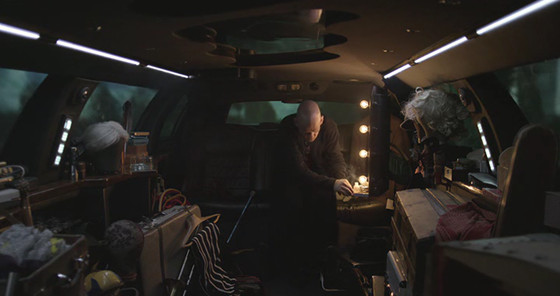
You might think this word is being overused, but this movie is utterly one the best films made in this century so far. With a sensorial approach on cinema itself and ultimately being an about this art form, “Holy Motors” explores every single nuance the big screen can provide us.
Following the day of Monsieur Oscar (a name not chosen by chance), we follow the many ‘appointments’ this actor has while we explore a variety of themes, colors and textures in the film. Being a sensorial experience, a piece of art like that by its definition does not fit and cannot be defined by ani kind of writing.
As “Birdman” does when approaching many of the industry’s problems on this and other decades, “Holy Motors”, with multiple viewings, makes us recognize common places and common situations in the film industry, without ever leaving us with a definitive answer.
10. Opening Night (1977), directed by John Cassavetes
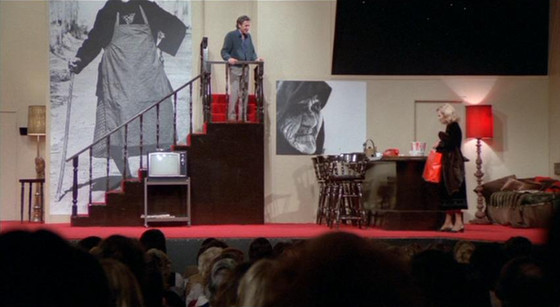
Starring Gena Rowlands, John Cassavetes and Ben Gazzara, “Opening Night” follows the story of an actress who has an emotional crisis after a fan dies in an accident trying to meet her after a play. Feeling responsible for the death of her fan, this actress starts to deal with things that might compromise her work in this new play.
With a masterful performance by Rowlands as Myrtle Gordon, “Opening Night” approaches themes such as age and paranoia in an environment where appearance is something that sometimes may count even more than talent or the performance itself for some people.
Marking once again the prolific partnership between Rowlands and her husband John Cassavetes, “Opening Night” is a dark tale about how deep an actress goes to provide the best for her audience, but never forgetting to deal with the duality between herself privately and personally.
Written by Cassavetes, we can easily relate Michael Keaton’s character in “Birdman” to Myrtle Gordon in “Opening Night” in some aspects, especially as people trying to reinvent themselves when others insist on stating that it might be too late for them.
Author bio: Vítor Guima is a filmmaker, writer and musician from São Paulo, Brazil. Every day he watches a movie, reads a few pages from a book, listens to an album and freaks out with the feeling of not having enough time to see everything. You can follow him on Instagram and Facebook.